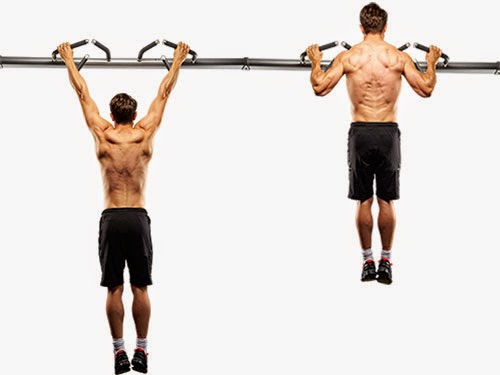All You Need to Know
About Cardio
Depending on how your body responds and what your specific
goals are, any type of cardio training can get the job done. Although both
types of cardio will really work, there are differing thoughts on which types
are best for fat loss.
The two main types of cardio training include
- · LISS - Low intensity Steady State
- · HIIT - High Intensity Interval Training
LISS
LISS cardio is mainly known as an easygoing form of cardio
that doesn’t put much stress on the body. LISS can help boost metabolism and
burn a few extra calories.
Forms of LISS usually take 30-60 minutes and include:
- · Walking or jogging on a treadmill or outside
- · Cross trainer or elliptical machines
- · Stair stepper or stair master
- · Rowing machines
- · Swimming (this requires a bit more skill. You need to be a good swimmer to ensure it stays low intensity)
- · Water running or walking
When performing this type of cardio training, it is
important to remember that it is meant to be slower, take more time, and that
it is part of a calculated training regime. LISS should be done primarily on
active rest days, or days where your body feels too worked from other exercise
for a high intensity cardio session
HIIT
HIIT cardio is a high intensity style of training that taxes
the body much more than LISS training and puts your body fat under direct assault.
This style introduces a whole other level of intensity and activity from
continuous LISS cardio that most people do. HIIT training will also yield better results in
less time, however, it is important to keep in mind that it takes a lot of energy from the body and should be done at a maximum of 3-4 times per week.
Forms of HIIT cardio usually take no more than 10-20 minutes
and include:
- · A high intensity period of sprinting outside or on any form of cardio machine for a calculated period of time
- · Follow up with a short interval of low intensity walking or complete rest.
- · This combination of training is repeated as many times as possible within the 10-20 minute time period for the HIIT training session.
- · You can expect to do one cycle every 1-2 minutes

